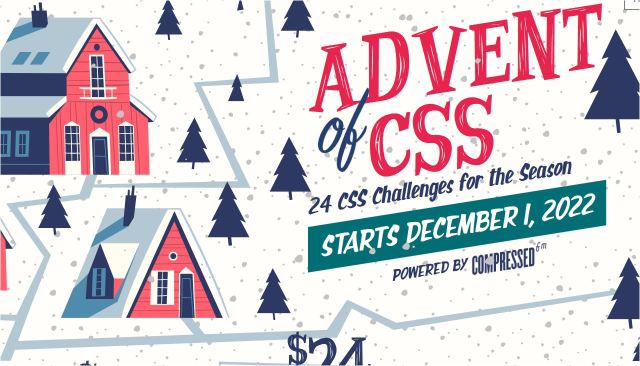In this week’s web design and development resources roundup, you’ll learn what makes a form good, discover how to design for dyscalculia, find recommendations for servers for WordPress 6.1, and more.
If you’re new to my blog, each Friday I publish a post highlighting my favorite user experience, accessibility, WordPress, CSS, and HTML posts I’ve read in the past week.
Hope you find the resources helpful in your work or projects!
User Experience
-
In the fourth annual UX research tools map, you’ll find an illustrated guide to over 230 user research tools. The guide offers a searchable directory along with information about each tool’s core features and use cases.
-
What a fun exercise! Terence Eden takes a look at the BBC and how they align with the 15 web principles 15 years later.
-
In her Boye and Company conference call on how to look at a form, Caroline Jarrett discussed forms that work and three ways in which a form is a good form. It’s easy to:
- Read and use
- Understand and answer
- Get it done and move on
-
Lauren Ellis shares her reflections in and insights in lessons in UX from Interact London.
It’s important we keep an eye on the way our products are moving, and to follow Hannah Tempest’s advice of regularly reviewing and removing what isn’t working anymore.
-
Visual presentation isn’t the defining factor for web design, says Jorge Arango in the gist of web design. Aesthetics do matter, but so does the content, navigation, etc. that’s so important for people to find the information they need in terms they can understand.
Accessibility
-
Anything can be made accessible, but how you build your microservice will determine how much work you have to do, says Craig Abbott in making microservices accessible.
-
Are you familiar with dyscalculia, which makes it difficult for people to understand and work with numbers? Jane McFayden, Rachel Malic, and Laura Parker from Gov.UK discuss designing for people with dyscalculia and low numeracy. (You can download their poster in accessible formats from the DWP Accessibility Manual.)
-
In his continuing series on inclusive communication, Denis Beaudreu highlights ten steps for more inclusive copy using plain language. First step:
Know your audience and what they will typically expect or need
-
International Day of People with Disability was celebrated this week on Thursday, December 1st. Elizabeth Wright, Australian Broadcasting Corporation national disability affairs reporter and three-time Parylympian winner, shares her story about practicing disability pride and how she’s learned there’s nothing wrong with her and she doesn’t have to accept discrimination.
WordPress
-
If your site is running an older version of WordPress, it’s time to get it updated. WordPress versions 3.7 to 4.0 will no longer get security updates.
-
Join our Metro Detroit WordPress group on Monday, December 5 for a walkthrough of what’s new in WordPress 6.1. The event is free and virtual; pre-register today!

-
The recommendation from the WordPress Hosting team to hosting companies in their post on server environment for WordPress 6.1 took me by surprise. (I expected them to recommend 8.x versions):
Maintain, for now, PHP 7.4 as the default version for all WordPress, and test and report compatibility with PHP 8.0, 8.1 and 8.2, when available.
-
Help WordPress understand more about how the software is used and who uses it. Share your feedback in the 2022 WordPress Survey. You can take the survey in English, French, German, Italian, Japanese, or Spanish.
CSS and HTML
-
A useful resource for folks looking for help in choosing fonts, Wordmark will display how your text looks with the fonts on your computer. I liked the options for finding smaller/bigger fonts as well as those with normal, tighter, or looser spacing.
-
The HTML Semantics and Accessibility Cheat Sheet lists the most common and useful HTML elements that have an impact on accessibility for users with disabilities.
-
Léonie Watson points out concerns for CSS Speech are not only about screen readers. It also includes reader/read aloud capability in browsers.
-
Three examples of feature detection strategies in CSS and what to do when a CSS feature is not supported cross-browser.
What I Found Interesting
-
My friend David Wolfpaw, who founded the Mastodon community tech.lgbt for tech workers, academics, students and other interested in tech who support the LGBTQ community, was interviewed for this Fast Company story on whether Mastodon can be a Twitter refuge for marginalized groups.
-
It’s back! I’ve published my annual hand-curated collection of Advent calendars for web professionals. You’ll find calendars for user experience, CSS, PHP, digital security, and more. Enjoy!

-
I agree, I wish I could repair my broken things rather than get a replacement. Sometimes it feels like incredible customer service might be bad for the environment.
If you like what you’ve read today, share the post with your colleagues and friends.
Want to make sure you don’t miss out on updates? Subscribe to get notified when new posts are published.

